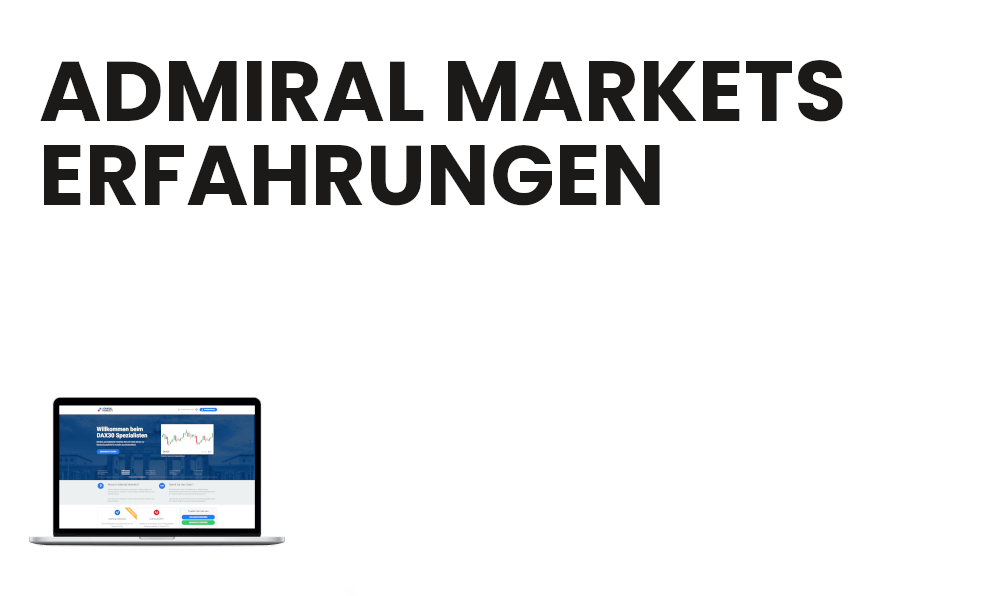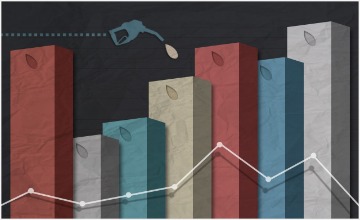Contents

Where the gravestone doji is an inverted T with a long upper shadow, the dragonfly doji is a T with a longer lower shadow. In an uptrend, it means that the bearish pattern may be getting stronger while a dragonfly doji that appears in a downtrend indicates the opposite trend. Keep in mind that this pattern isn’t one that occurs very frequently.
- The intentional misspelling of dog as doge for comedic value goes back to 2005, when it was used in an episode of the web series Homestar Runner.
- Traders, on the other hand, would either open short positions or close long positions immediately after a Gravestone Doji.
- Long-Legged Doji patterns can emerge at the top or at the bottom of trends signaling a change in direction.
- This Doji has a small body with equally long upper and lower shadows.
- A Doji candlestick can also form when prices fall lower first but subsequently move up.
This can help traders identify potential reversals and breakouts. To trade these patterns, you need some trading tools, such as trend lines, support and resistance levels, and moving averages. The Fibonacci retracement tool can help you identify potential support/resistance levels too. The Doji candlestick represents a trading session that opened and closed about the same price level, which suggests an equilibrium in buying and selling pressure. Depending on the type, where it forms in the price structure, and the pattern it forms with other candlesticks around it, the Doji pattern can be bullish or bearish.
What Is a Doji Candle Pattern, and What Does It Tell You?
A long-legged doji is a one candle pattern that signals uncertainty in the market, or an imminent reversal of the current trend. As to its appearance, a long-legged doji has a long wick both to the upside and downside, and a tiny or non-existing body that’s located in the middle of the candle’s range. Well done, you’ve completed Chart and candlestick patterns , lesson 1 in Technical analysis. Chart patterns present themselves over lots of trading sessions, so they tend to be longer than candlestick patterns. Morning stars are a commonly used triple-session candlestick pattern. Like hammers, they offer an indication that a downtrend might be about to end with an impending reversal.

However, it is worth noting that Doji patterns are not always reliable. One should use them in conjunction with other technical indicators before taking any action. A dragonfly doji is a candlestick pattern that signals a possible price reversal.
Long-legged Doji candles are considered very noticeable during a strong uptrend or downtrend. The long legged doji suggests that the forces of supply and demand are nearly in balance, and a trend reversal could occur. It happens because a balance or a disqualification means that the price is not pushing in the direction it was before. Dragonfly DojiThe dragonfly doji basically is an inverted gravestone doji. It has a long lower wick, a small or absent body, and no upper wick. Now, depending on the trend direction of the market action leading up to the long-legged doji, it will be a bullish or bearish reversal pattern.
These are also reversal patterns, appearing at the end of bear runs and signaling a potential end to the downtrend. This is also a reversal pattern, but in this case, it signals the potential end of the uptrend. Dojis are formed when the price of a currency pair opens and closes at virtually the same level within the timeframe of the chart on which the Doji occurs. The 4-price Doji is a rare and distinctive pattern, often seen in low-volume trading or on shorter timeframes. It looks like a minus sign, indicating that all four price indicators — the high, the low, the open, and the close — were at the same level within a particular time period. There are several different types of Dojis, but the most common is a Neutral Doji, which has equal highs and lows.
What Does a Gravestone Doji Tell You?
The shape of a candlestick pattern is determined by four types of data. Analysts can draw conclusions about price behaviour based on this structure. The candlestick pattern generates a filled or hollow bar as the body. Also, keep in mind that we find the use of long legged doji candlestick on the forex market but also in the cryptocurrency and commodity markets.
Say that 90% of the https://forex-trend.net/ in the past, a strong rally followed by a period of consolidation has led to a bear run. If a market rallies but then tapers off, a technical trader would see it as likely that another reversal may be on the cards. Forex Admin Team is a dedicated group of financial professionals who are passionate about helping traders and investors grow their portfolios.
For example, a bullish Doji may occur at the end of a downtrend, thus indicating that prices are about to reverse and go higher. Similarly, a bearish Doji at the top of an uptrend could signal that prices are about to fall. Ultimately, by understanding how to read a Doji, traders can gain valuable insights into market sentiment and make more informed trading decisions. A gravestone doji is a trading pattern that occurs in technical analysis. It is a bearish trend that indicates a reversal is on the horizon. Traders can assume that the reversal will be accompanied by a downtrend in the security’s price.

How the https://en.forexbrokerslist.site/ performed in the past provides insights when the pattern appears again. The pattern is represented by an inverted T with a long upper shadow. Either the bulls or the bears may have dominated the session during the session but could only settle for somewhere around the open price by the end of the trading session. The price is always searching for value, and where it settles depends on the forces of demand and supply . By settling around the open price, it means that neither the bulls nor the bears were sure what the right value should be. The direction of the prominent trend may change; however, the longevity of the new direction cannot be guaranteed.
What does Doji mean in Japanese?
The long-legged doji is a candlestick made up of long upper and lower shadows and has the same open and close price. There are several ways to trade a long-legged doji, although pattern-based trading is unnecessary. According to some traders, the pattern is just a candle, which is not significant enough, especially since the price did not move much on a final basis, to make a trading decision. In fact, there could be a significant difference in performance for a long-legged doji based on which day of the week it is. However, in contrast to the gravestone doji, and as with a long-legged doji, a dragonfly doji can be either a bearish or bullish pattern. These three patterns all look a little bit different but are similar in how they work.
The Long-Legged https://topforexnews.org/ simply has a greater extension of the vertical lines above and below the horizontal line. This indicates that, during the timeframe of the candle price action dramatically moved up and down but closed at virtually the same level that it opened. A Standard Doji is a single candlestick that does not signify much on its own.
It has very little or no real body, while the upper and lower shadows may be of varying sizes. Alone, the Doji candlestick is a neutral pattern but may also feature in a number of important patterns. A bullish Doji star and a bearish Doji star are two types of star Doji candlestick patterns. Both arise following an uptrend or fall in an instrument’s price and help to signal different trend orientations. Doji is a category of technical indicator patterns that can be either bullish or bearish.
Candlestick Pattern
The term gravestone doji refers to a bearish indicator commonly used in trading by technical analysts. A gravestone doji is a bearish reversal candlestick pattern that is formed when the open, low, and closing prices are all near each other with a long upper shadow. The long upper shadow suggests that the bullish advance at the beginning of the session was overcome by bears by the end of the session. A Long-Legged Doji is a candlestick pattern that can help predict changes in the market. The pattern is formed when the opening and closing prices are the same, but the highs and lows differ. This creates a long upper shadow and a long lower shadow, giving the appearance of a cross.
In reality, traders look for candles that resemble the below patterns as closely as possible and more often than not, the candles will have a tiny body. For an in-depth explanation read our guide to the different Types of Doji Candlesticks. The Doji candlestick, or Doji star, is a unique candle that reveals indecision in the forex market. However, the Doji candlestick has five variations and not all of them indicate indecision. That is why it is crucial to understand how these candles come about and what this could mean for future price movements in the forex market. A doji is a trading session where a security’s open and close prices are virtually equal.
How Does the Gravestone Doji Candle Look?
The Doji candlestick often occurs during consolidation after the security move has been significantly higher or lower. The Gravestone Doji is generally seen as a bearish signal as sellers managed to hold control for most of the day, but buyers stepped in near the close. Because in this post, I’ll reveal the answers and teach you everything I know about the Doji candlestick pattern — so you can finally trade it like a pro. Once you’ve mastered the basics, you’ll be able to develop your own style. A Doji candle pattern is often recognized by a single candlestick with a long wick and a small body.

Comment (0)